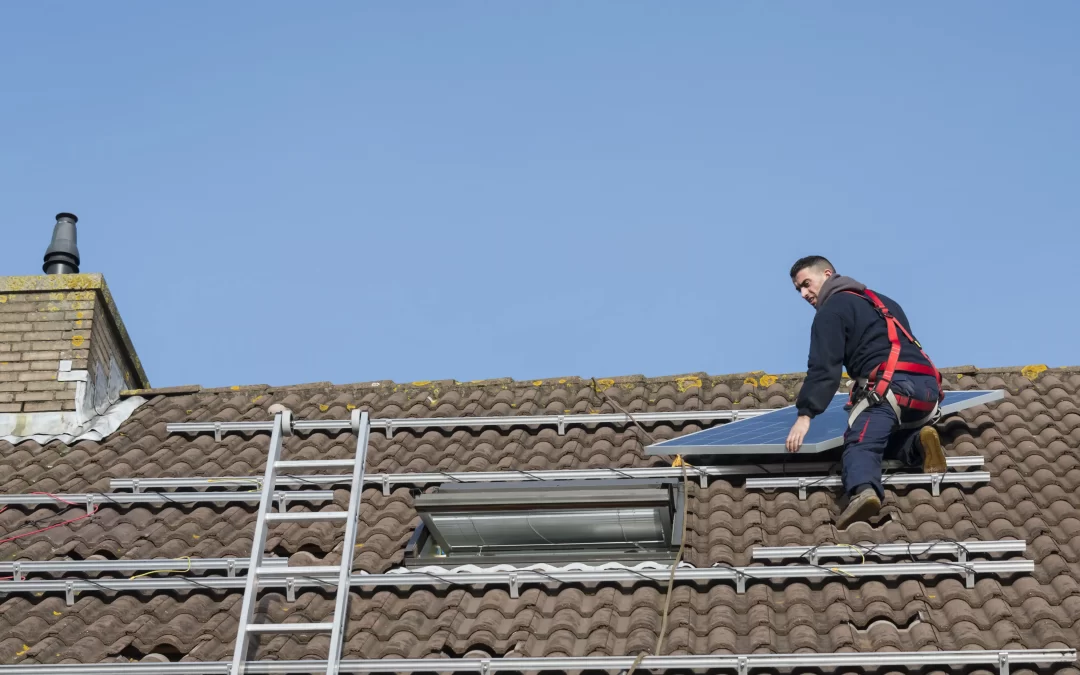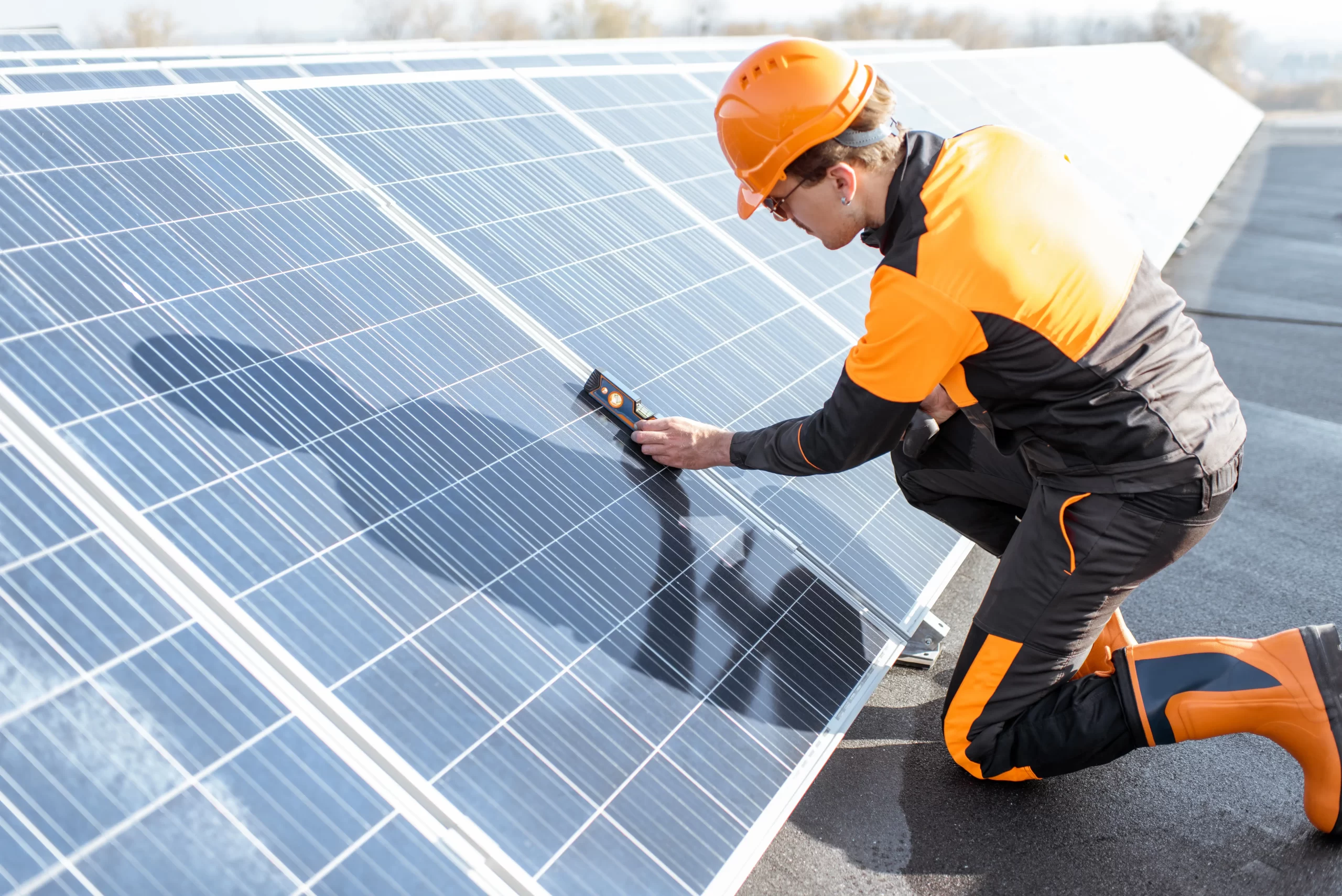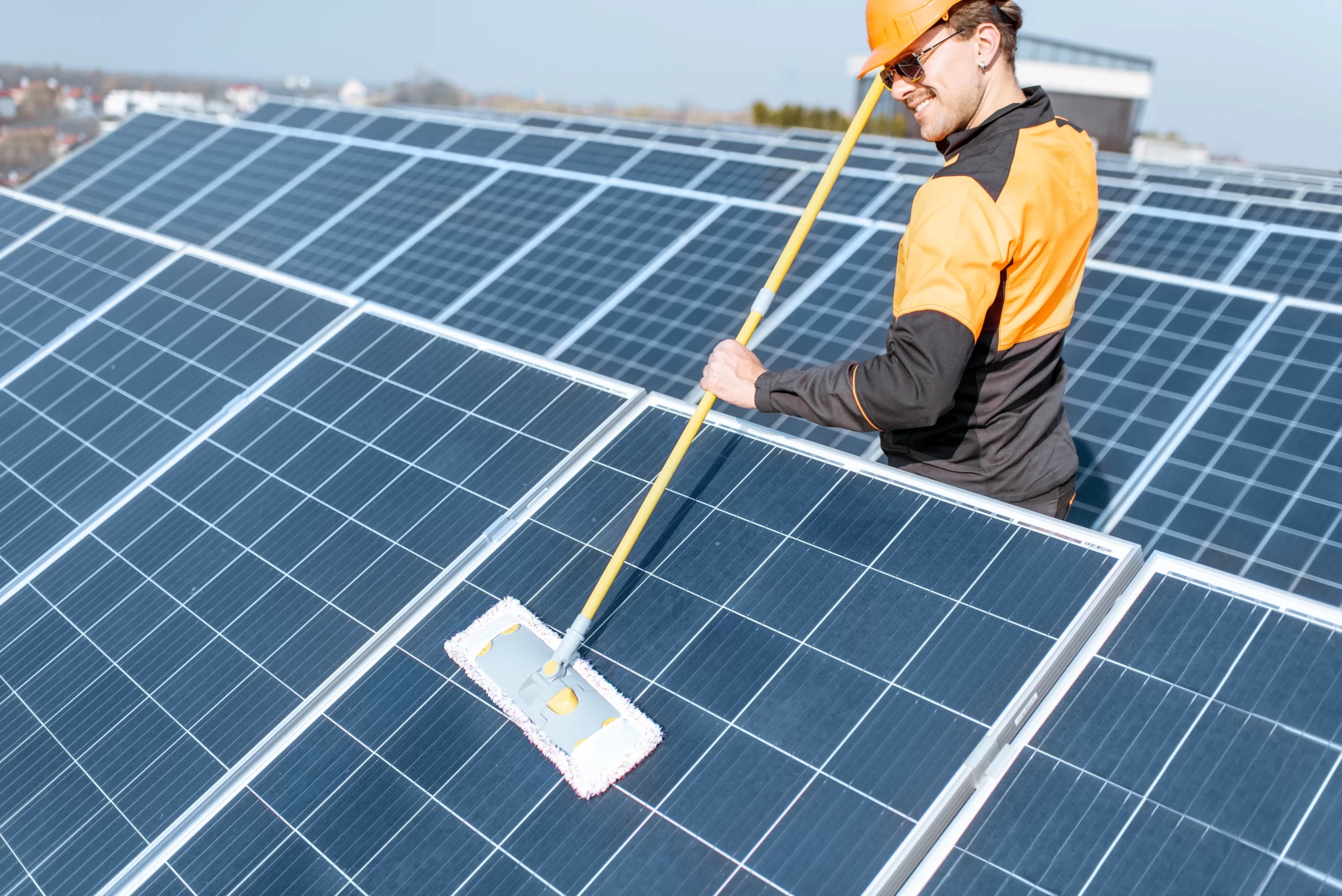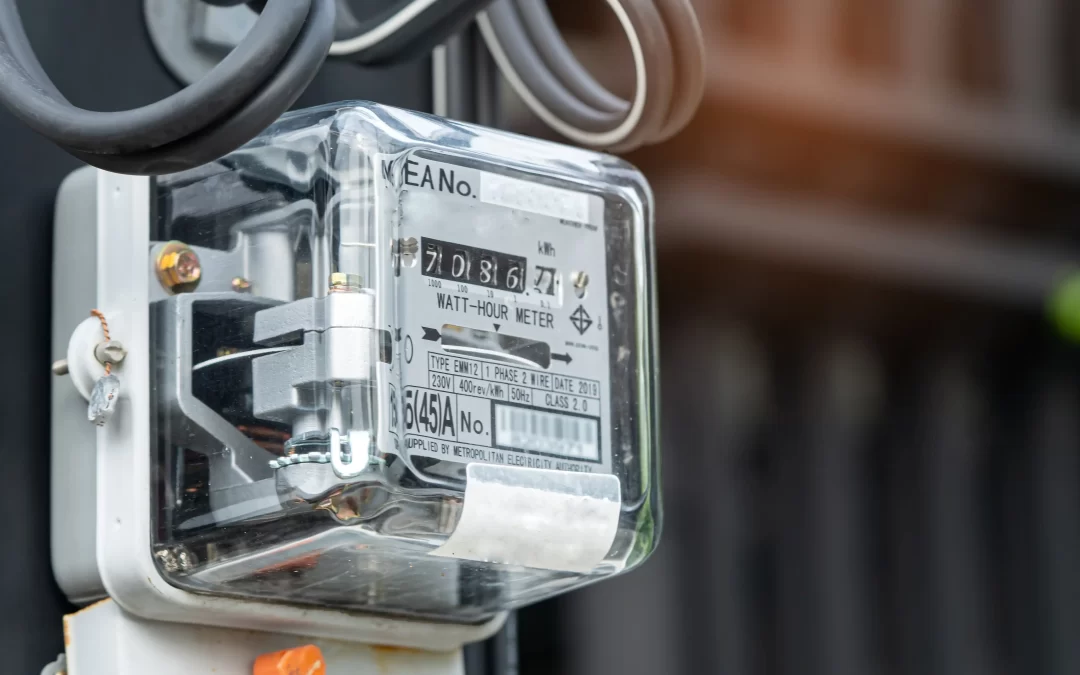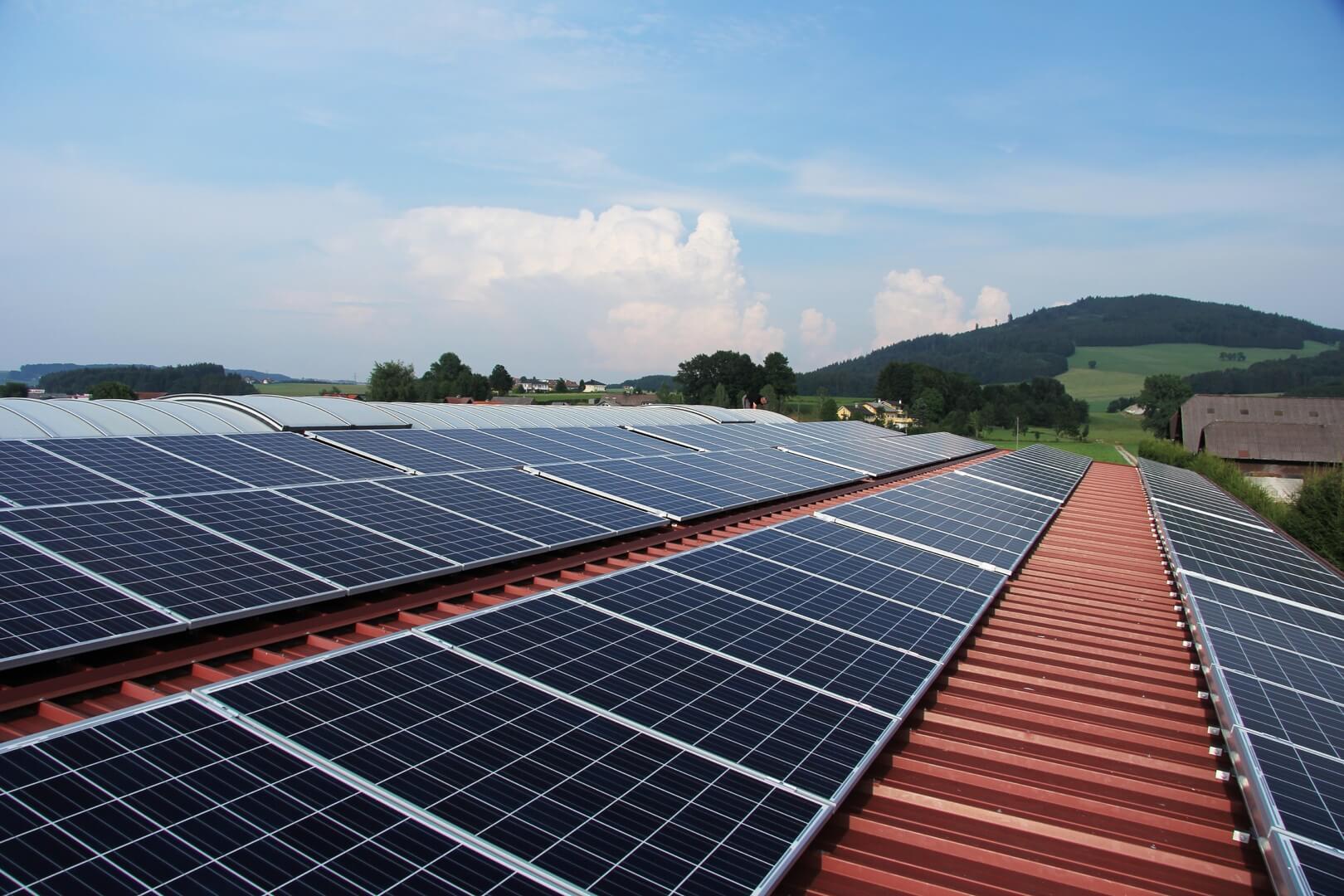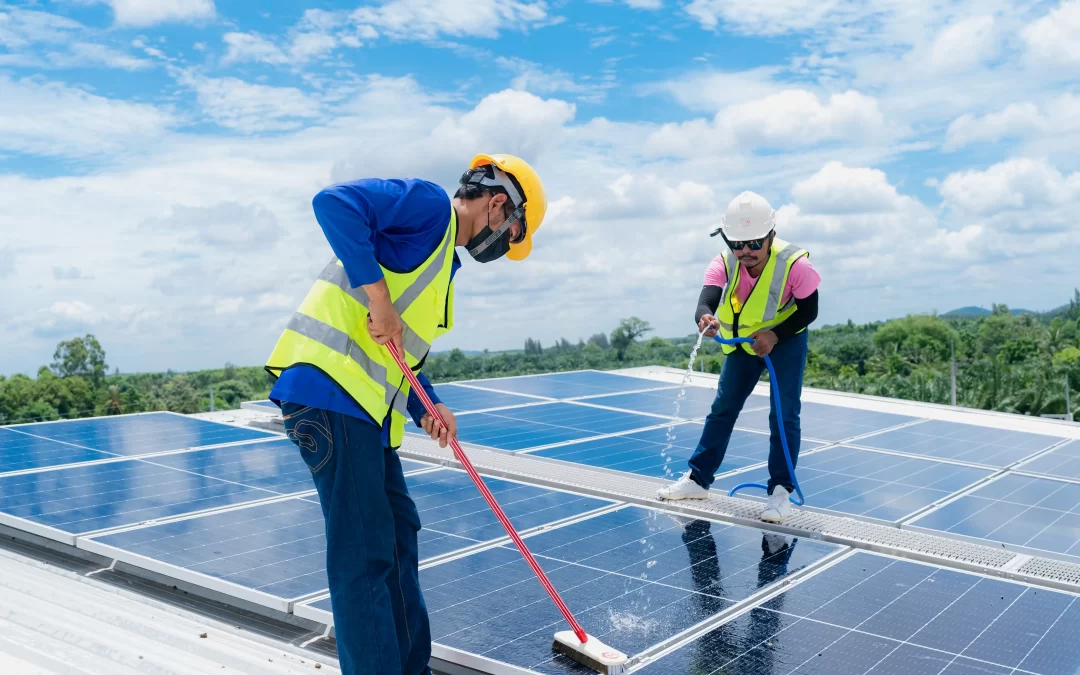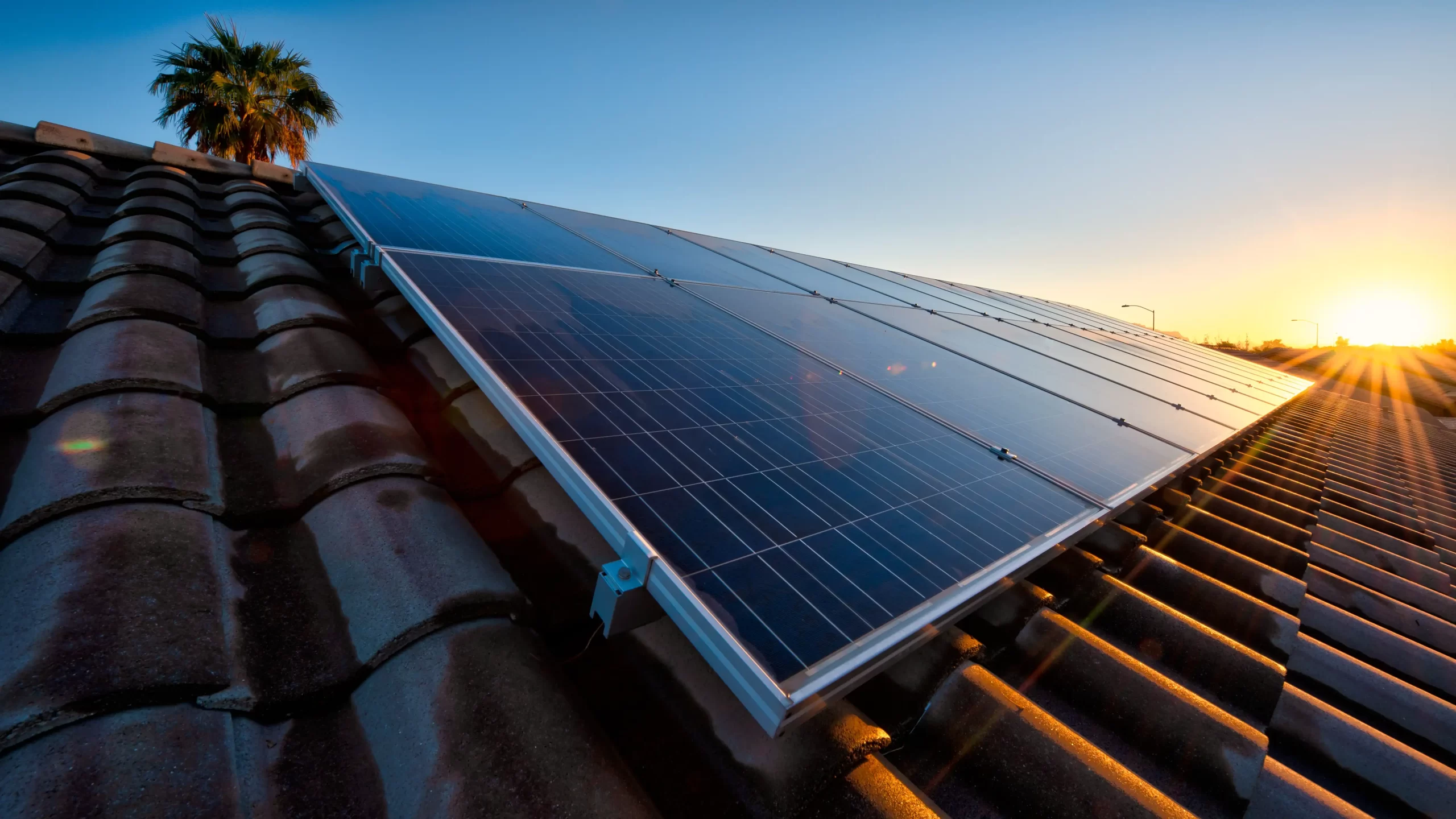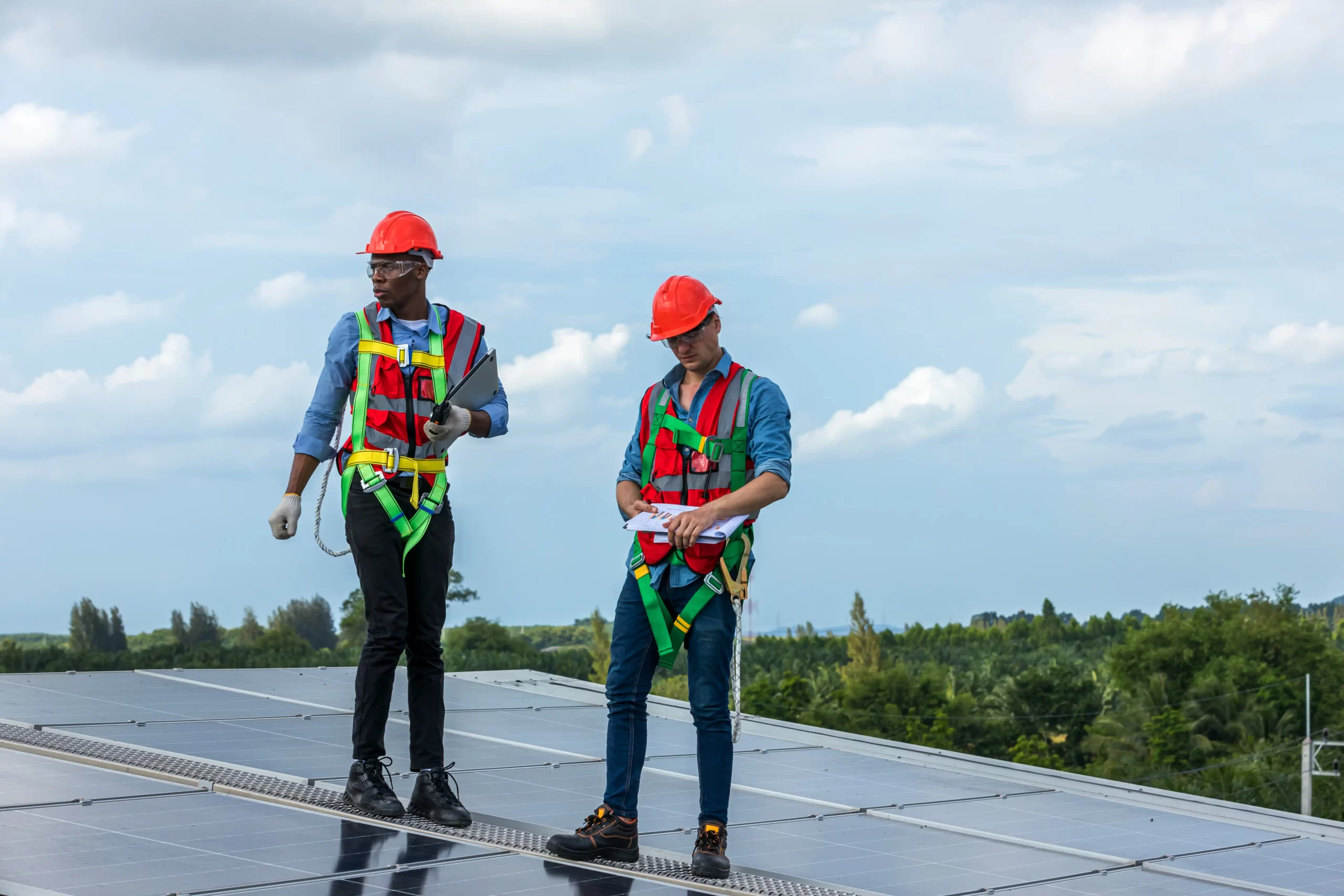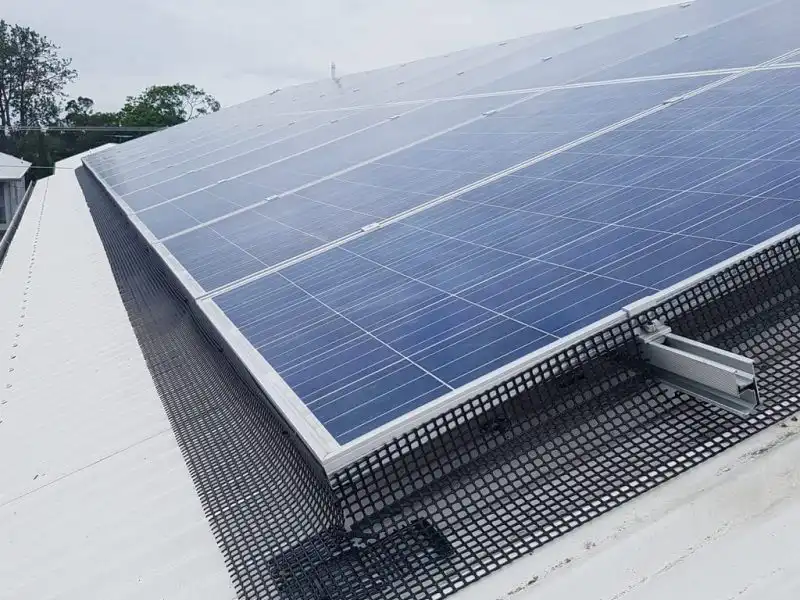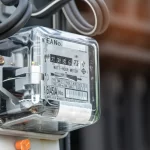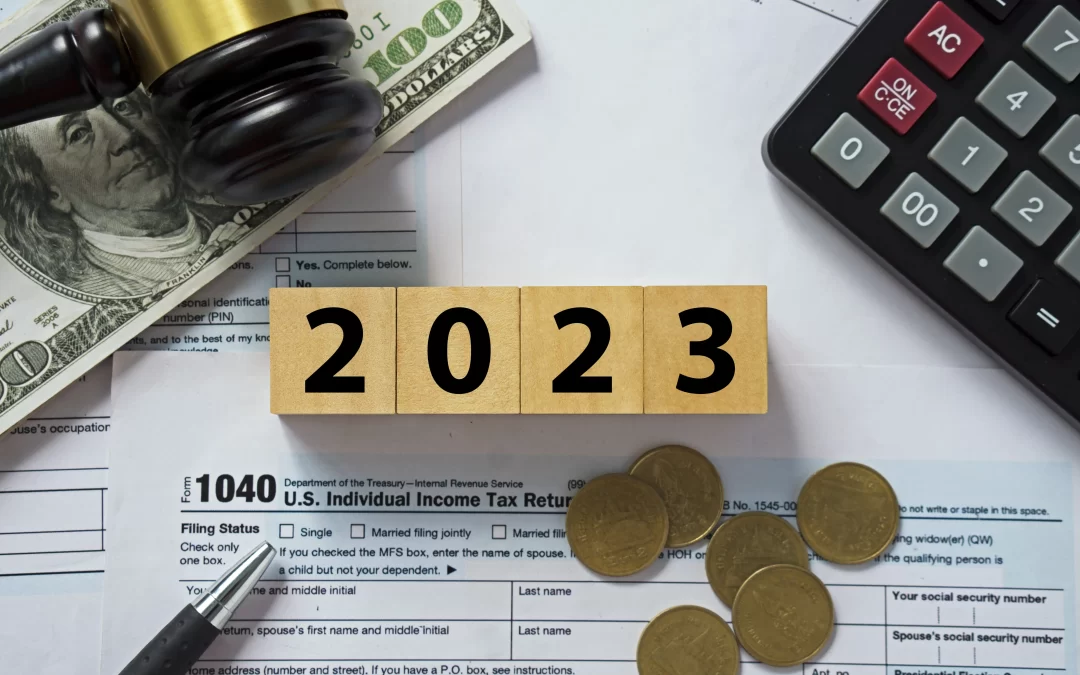
Nevada Tax Incentives for Solar Power Installations
What are the Tax Incentives for Installing Solar in Nevada?
In the realm of solar energy, Nevada shines brightly. With an increasing emphasis on sustainability, the Silver State has made it a priority to reward its residents for making environmentally friendly decisions, especially when it comes to solar energy. Central to this strategy are a variety of tax incentives designed to make the solar transition both affordable and appealing. Let’s dive deep into the world of solar tax incentives in Nevada and understand how they can benefit prospective solar homeowners.
1. Federal Solar Investment Tax Credit (ITC)
Arguably the most significant incentive for many Americans, the Solar Investment Tax Credit (ITC) is not exclusive to Nevada but benefits its residents immensely. The ITC, which was recently extended through 2034 by the Inflation Reduction Act, offers a substantial 30% tax credit on solar installations. This can translate into substantial savings for Nevada residents when filing their federal income tax. If one’s tax liability isn’t enough to claim the entire credit in a single year, the remaining can be rolled over for up to five years. To get this benefit, homeowners must fill out Form 5695 when filing their federal taxes.
2. Nevada’s Property Tax Exemptions
Nevada stands out with its unique approach to property tax concerning solar installations. While the state doesn’t provide direct financial incentives for residential solar setups, commercial, industrial, and agricultural entities are in for a treat. They can enjoy a complete 100% property tax exemption on their solar equipment. This exemption ensures that businesses don’t see a spike in property taxes after installing solar systems, promoting wider adoption among enterprises.
For larger-scale projects, utility-scale solar farms boasting capacities that exceed 10 MW are eligible for a 55% property tax abatement, further incentivizing large solar energy ventures within the state.
3. NV Energy Programs: Beyond Tax Incentives
While not directly a ‘tax’ incentive, it’s worth noting the role of NV Energy, the state’s largest utility company. They offer several programs designed to promote solar energy. One of the key attractions is the financial incentive provided to homeowners integrating battery systems with their solar installations. Depending on the tariff plan one is on, this incentive can vary, but it aids in reducing the overall cost of solar and storage, indirectly leading to tax savings.
4. Net Metering: A Different Kind of Saving
Nevada’s net metering policy may not be a tax incentive in the traditional sense, but its structure offers considerable financial benefits that are worth mentioning in any conversation about solar savings. Homeowners with solar installations that are 25 kW or smaller get monthly credits for their excess generated energy. The state credits this excess energy at 75% of the standard retail rates. Although there’s a cap in place (credits cannot surpass 100% of one’s annual consumption), the overall savings are tangible and noteworthy.
Conclusion
Tax incentives are a cornerstone of Nevada’s commitment to promoting solar energy. From the substantial federal ITC to the state’s unique property tax exemptions for businesses, these financial incentives play a pivotal role in driving Nevada’s solar adoption rates. When combined with additional programs and policies like those offered by NV Energy and the net metering framework, it becomes evident that Nevada is not just sun-rich but also policy-rich when it comes to supporting solar energy. Potential solar investors in the state have a lot to gain, both in terms of environmental impact and tax savings.
